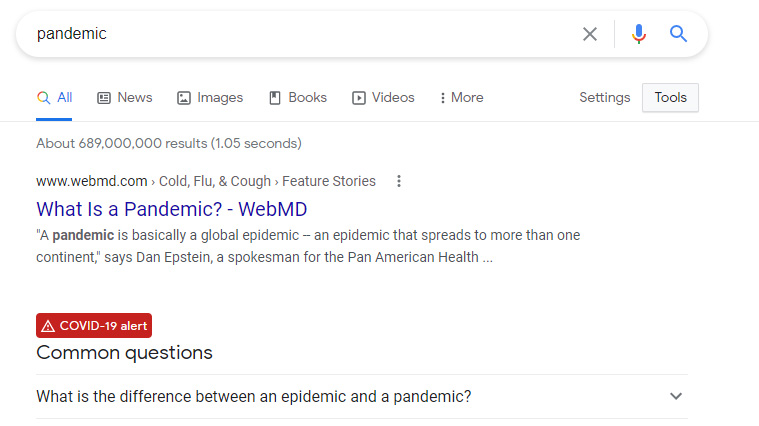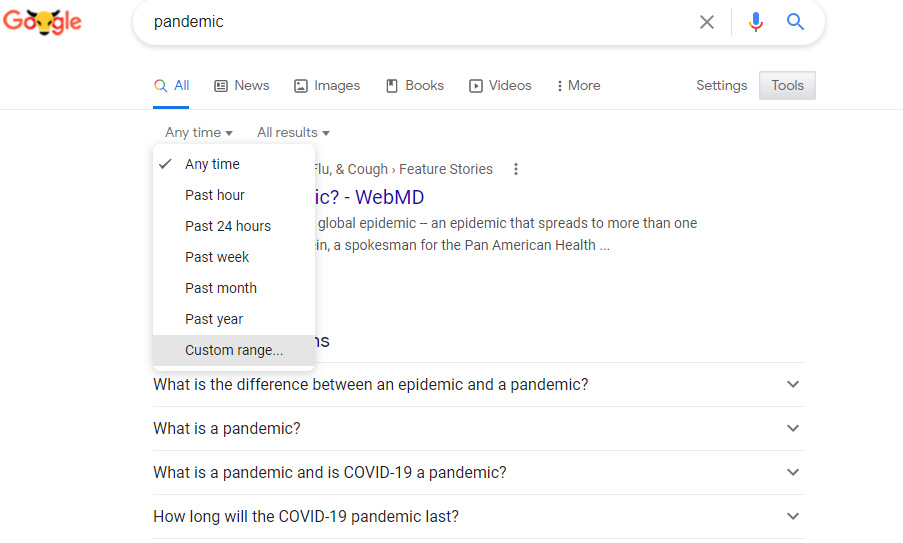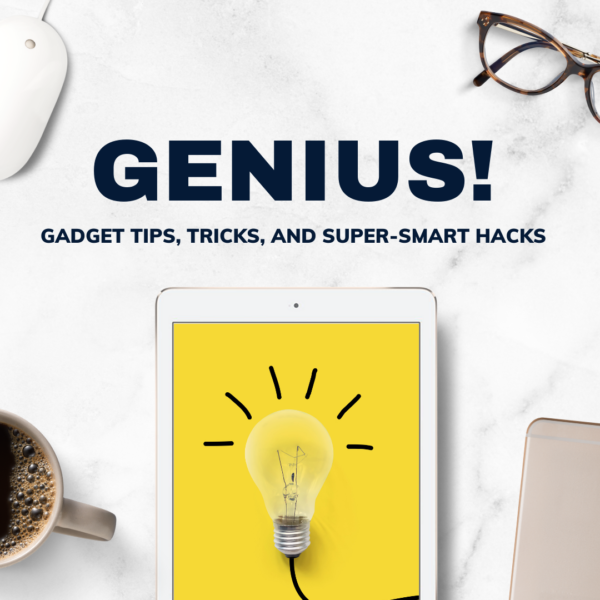
Are you sure you know everything your phone, computer, and apps can do? I’ll be you don’t. Because they all change so fast that no single human can keep up.
Here are ten useful tech tips that will do everything from search Google better to turn your phone into a scanner.
1. Find your stimulus check online
Is there a second economic stimulus payment? Should you have gotten it? Has it gone awry? When will I get it? The answers to these questions – and many more — are a click away. Just go to irs.gov/coronavirus/get-my-payment. You can read up on what the government is doing and how it’s going or just get right to the point and click that big, “Get My Payment” button.
Then click “OK” at the big, strange, warning on the next page. (WTH?) On the next page, you will be asked to enter your social security number or individual tax ID number. This will probably give you palpitations, as it should, but this is the IRS so you have no choice and it’s okay. Next it wants your address. Use the one the IRS has for you. Then click “Continue.”
On the next page you will get the lowdown on when your check will be mailed, it if has been mailed, or if you will get a direct deposit. You might also get a cryptic message saying, “We don’t have enough information.” In the latter case, keep checking and good luck.
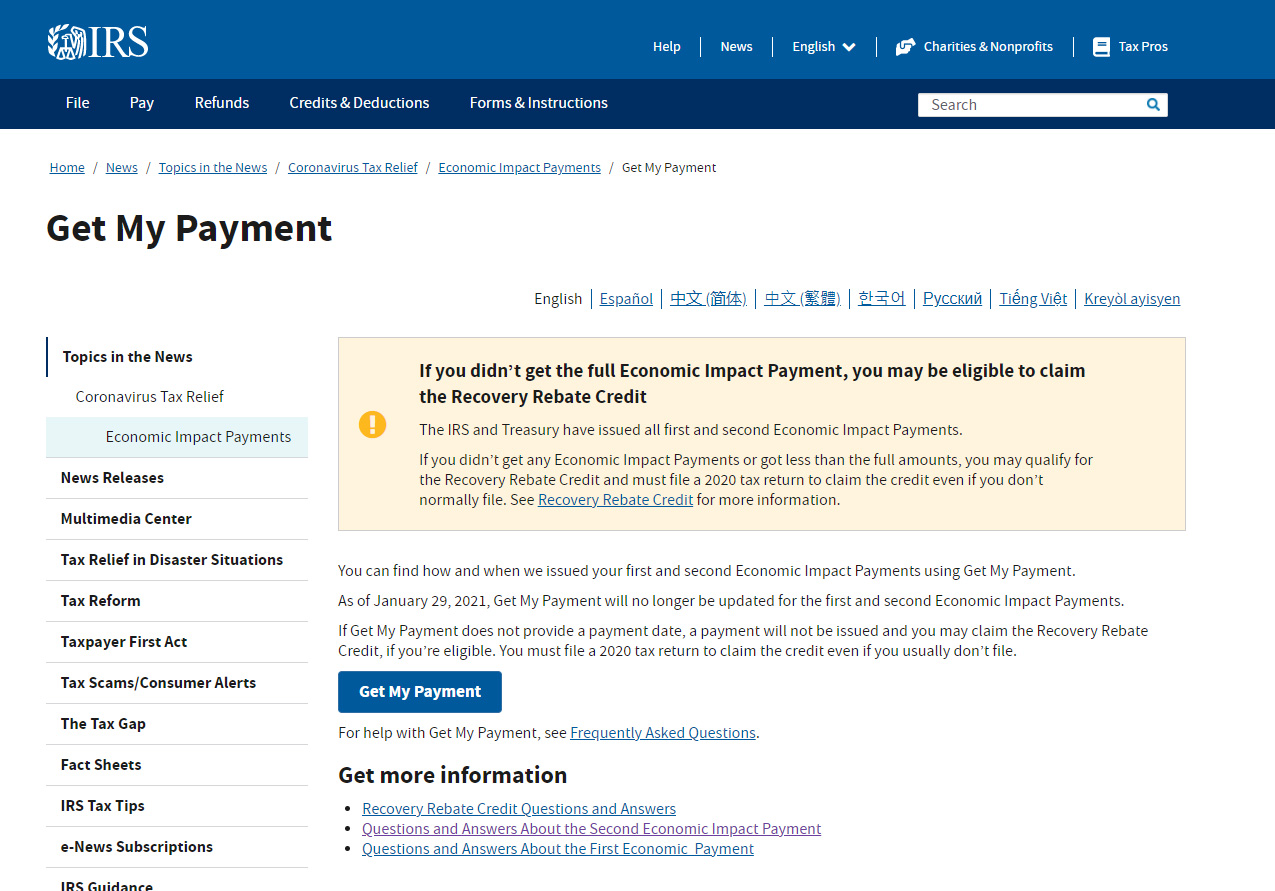
2. How to screenshot an entire web page
You are scrolling your phone waiting for your flight (because that WILL happen again someday…) and come across a recipe or article you want to read on your flight. No problem! Grab a screen shot of the entire page and save it to your phone. This is easy.
If you have an Android phone, open the web page you want, press the down volume and power buttons at the same time. You will see an animation of your screen image growing small and scurrying down to the bottom right part of the screen. Under the thumbnail is the words “Expanded Screenshot.” If you ignore it, it will go away and you’ll get a standard screen shot. But tap it and your article will start scrolling on the screen. Follow the onscreen directions and “tap anywhere to save an expanded screen shot.” There it is! Long and ready to read on your flight. The image will be stored on your phone’s internal memory. Open “Files” and choose “Recent” to find it.

3. Sign documents without a printer or scanner
Did someone send you a PDF that needs your signature? Once upon a time, this required that you have a printer and a scanner. But now you can use the Preview app in your Mac to fill out PDFs that are fillable and sign your John Hancock to them without printing anything or finding a pen.
Open the Preview app and click “Show Markup Toolbar” button. Then click the “Sign” button.
First you have to create a signature to use. You can sign with your finger and trackpad. Just choose “Trackpad” here, sign, press any key, and click “Done.” Or you can use your laptop’s camera to snap a photo of your handwritten signature and use that. In that case, after you have chosen “Sign” click “Camera” and hold your signature up the camera and click “Done.”
Now click the Sign button again, choose your signature, drag it to the right spot in your document, adjust the size, and you are done.
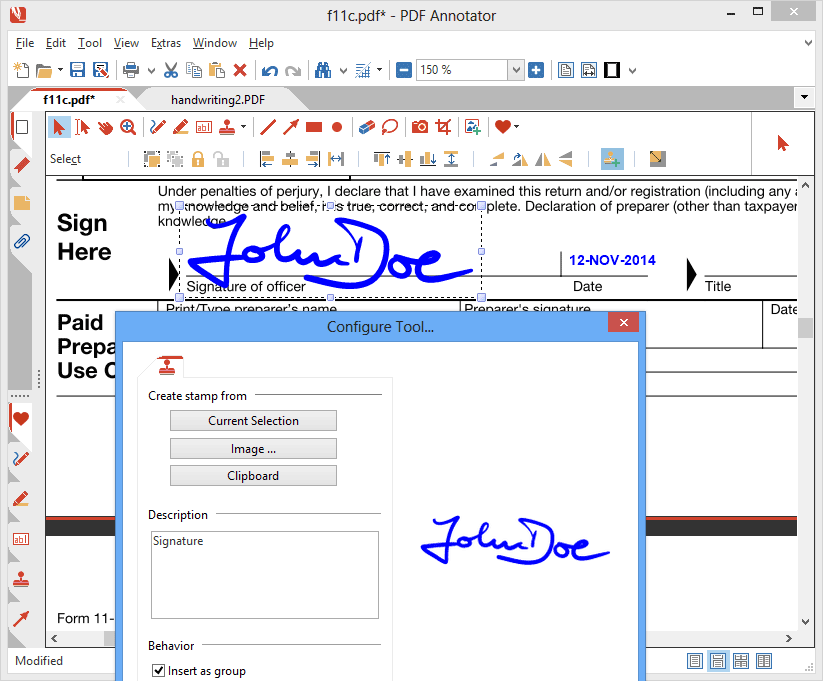
4. Get Siri to take a hands-free photo
With iOS 13, iPhones got some handy shortcuts and one of the best is Say Cheese. Set your phone down and say, “Siri, Say cheese!” Your iPhone will launch this shortcut and take a photo. If you have a phone older that iOS12, you will have to download the Shortcuts app first from the App Store and the results aren’t as guaranteed.
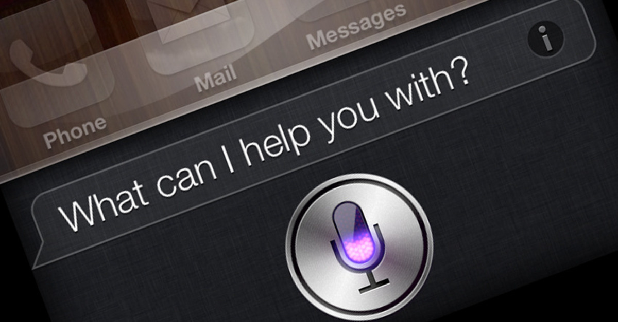
5. Change the sensitivity of your phone’s buttons
If you are always pushing buttons you don’t mean to or can’t seem to get your phone to respond because you are too gentle, you can adjust this to suit you.
In your iPhone, go to setting and tap “Accessibility.” Tap “Touch”, then – depending on your phone – either “3D Touch” or “Haptic Touch.”
Now use the slider to set the sensitivity you want. You can try it, right here in this setting, but you might have to come back here a few times to get it just right.
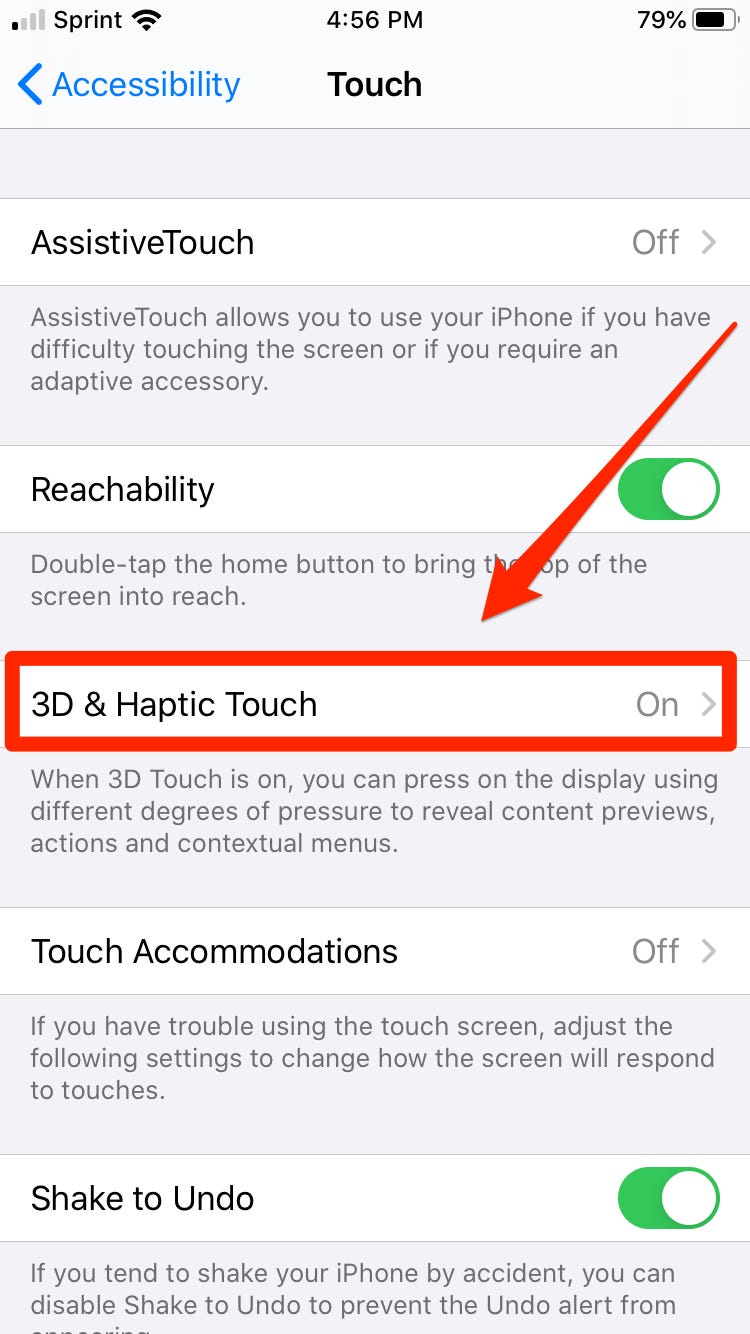
6. Let your phone tell you if you have encountered Covid
Your phone is always with you and it has, secreted in its interior, a network system (Bluetooth) that constantly checks its surrounding to see of there is a device you might want to link to. Some clever people at Google and Apple have built a tool that uses this already-there network to do contact tracing for Covid-19.
It’s anonymous and safe and will alert you if the bartender you just talked to, the person you chatted with on the bus, or the neighbor who seems not to be taking things seriously tests positive for the coronavirus. All you have to do is install an app. It will do the rest.
The trick is finding the right app, which is easy. Just go to this link: https://www.google.com/covid19/exposurenotifications/select/ click the button for Google Play or the App Store, depending on what kind of phone you have, and locate your own state in the list of apps.
Once you install it, it runs quietly in the background, taking notes on the phones it encounters (it assigns each phone a random number never noting who owns the phone.) But if the owner of one of those phones you were near in the past 14 days tests positive for Covid, you will get an alert. Whenever you get a positive test, you get a number – not tied to your identity – to enter into this phone app. So the apps know to alert people but they don’t know who they are alerting or who got the positive test. The more people who use this, the better it works.
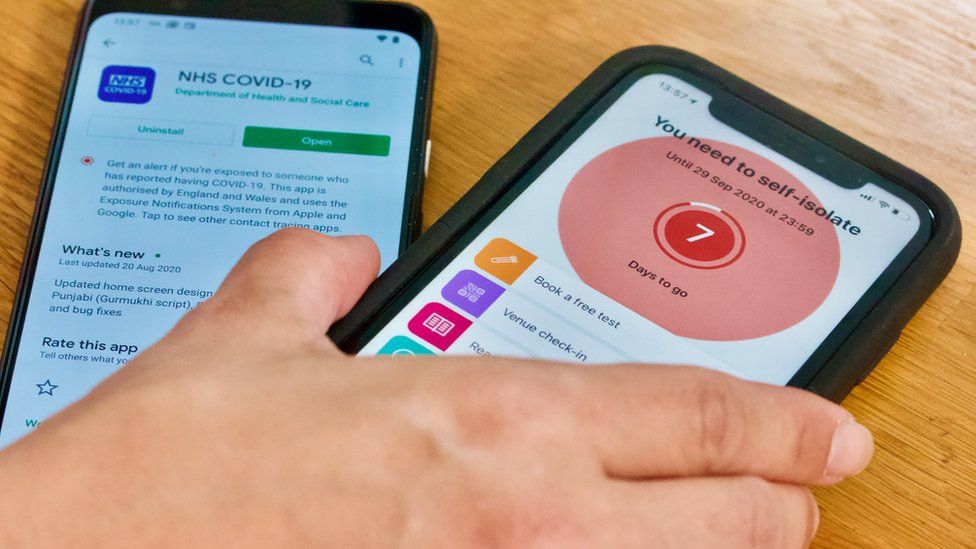
7. Want to send texts from your computer?
Texting has taken over, when it comes to communication, which is all well and good when your phone is in your hand. But getting embroiled in a texting conversation while trying to work at your computer is irritating. If you use Google Messages (on Android or iPhone) for texting, you can move that conversation to a web browser as soon as you open your laptop. Then you can use the keyboard you are using for everything else for texting.
At your computer, go to messages.google.com/web. The first time you do this, a QR code will appear on your screen. Point your phone’s camera at that. Your two devices will talk to each other, work some things out, and, when it’s ready, your phone will vibrate and your conversations will appear on your computer screen. You can answer texts from your phone or from your computer and they will appear in both. Tick the “Remember this computer” box if you want this work every time you’re sitting at this computer.
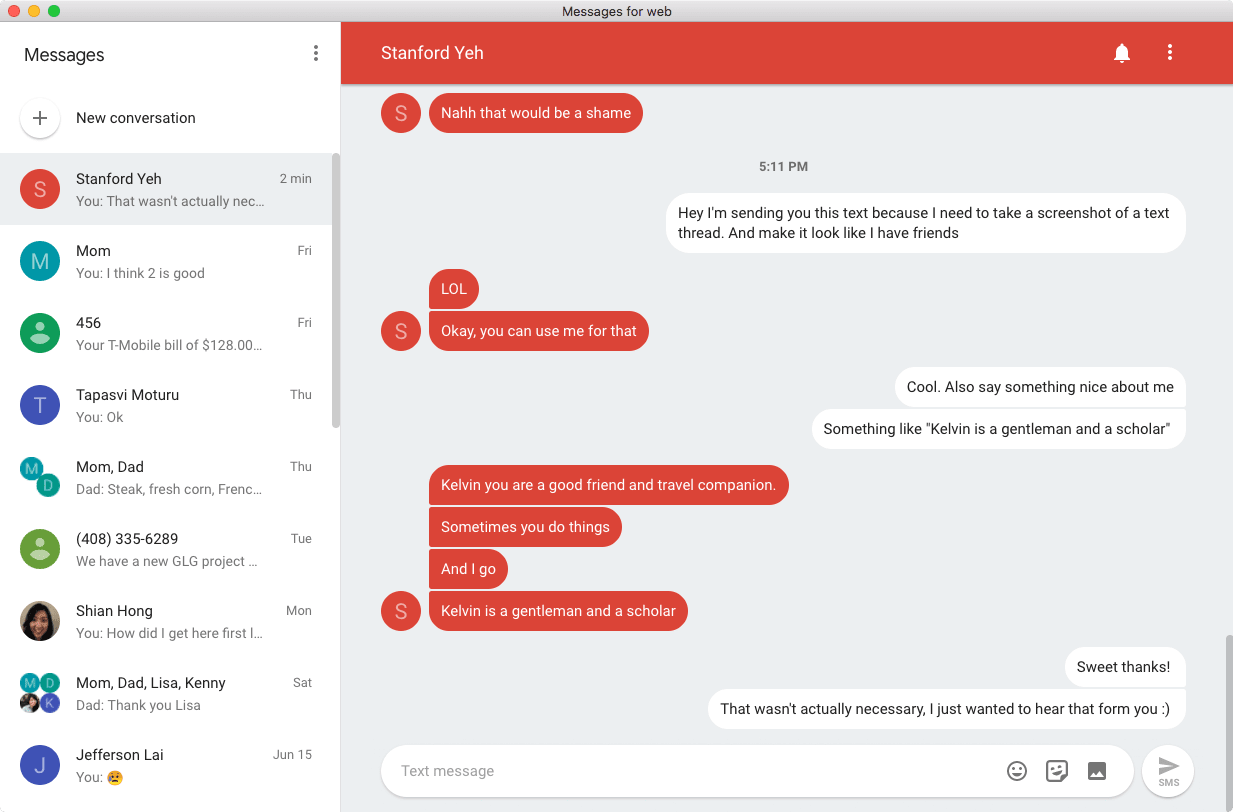
8. Be a Google search pro with + and –
Sometimes when you are searching for something on Google, you step into territory where your search is bringing up pages of results that don’t interest you. Say you are in a new town and want to go to a charming local café. But every time you search for coffee, you get pages of Starbucks. Use the minus sign to tell Google that you don’t want Starbucks! Type something like this “Coffee near me -Starbucks.” That will turn up all the coffee places near you that aren’t Starbucks.
The plus sign works when you want to tell Google that a particular word is very important to your search. Just add it when you want Google to emphasize a certain word over other in your search.
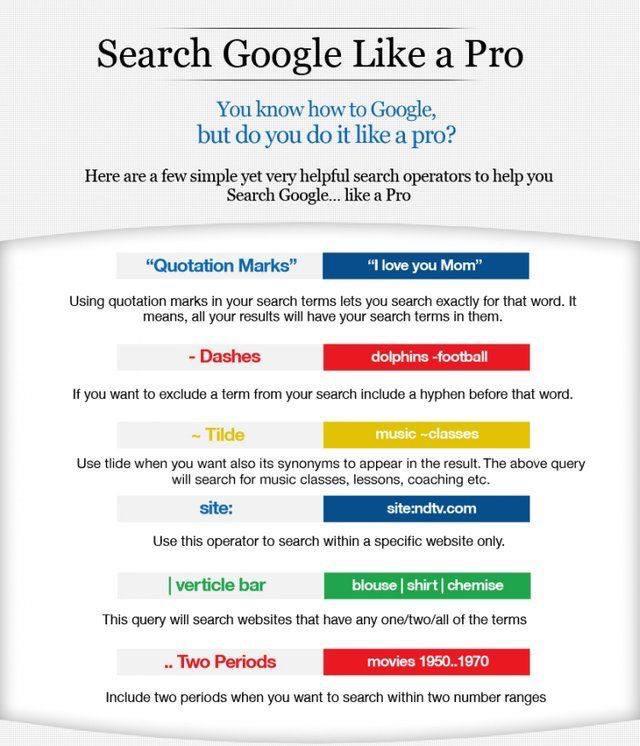
9. Use your phone as a scanner
Thinking of buying a scanner but not sure you need one enough to justify the purchase? You probably have one in your hand. With the right app, and there are many, your phone works well as a scanner if your needs are few.
The Google Drive app, which you might already use, is a great choice. Just open the Google Drive app on your phone and tap the + (plus sign) at the bottom right of the screen. A set of icons will appear. Choose Scan. Then aim your camera at the page and hit the big circle to take a picture. Hit the checkmark if you like the result or the X to ditch that scan and try again. You will get a chance to make some quit edits if, then save. Want a multi-page scan? Hit the plus button and do that again. It will save your scan to your Google Drive as a PDF, which is a handy place to store things.
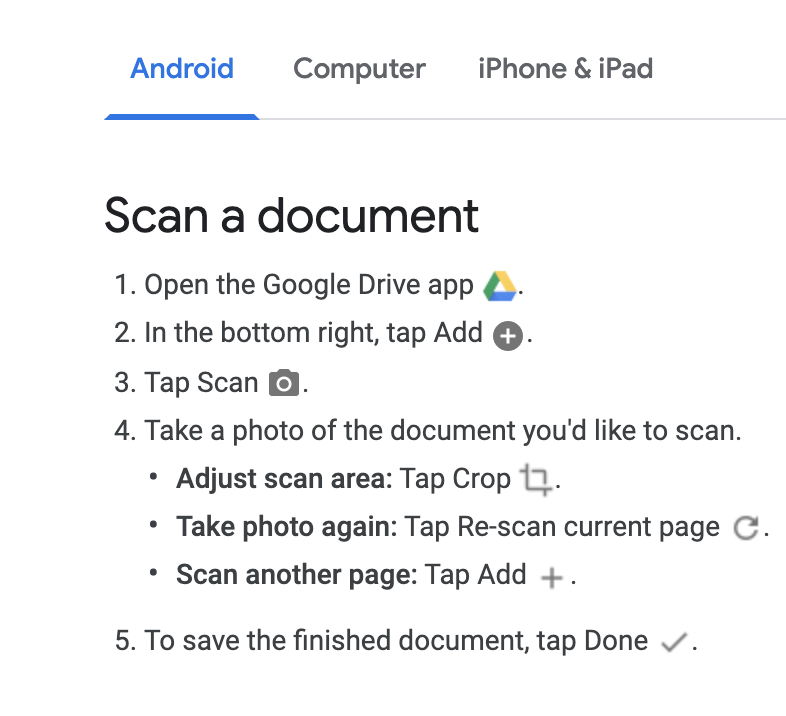
10. Google search but only for a specific time/date
You heard about something funny that just happened on the Internet and want to find it, but you keep getting old news. Or you are researching “pandemic” for history but want to filter out everything about the current one. It can be frustrating to hunt through information that’s too old or not old enough for the data you need. That’s why Google lets you limit the time range in your search. After you do your search, click the “Tools” button, then the dropdown menu under “Any Time.” Now you can set the time range to anything from the past hour to the past year or a range you choose.
